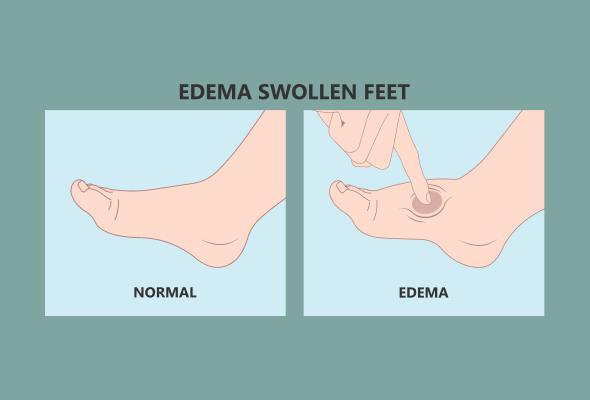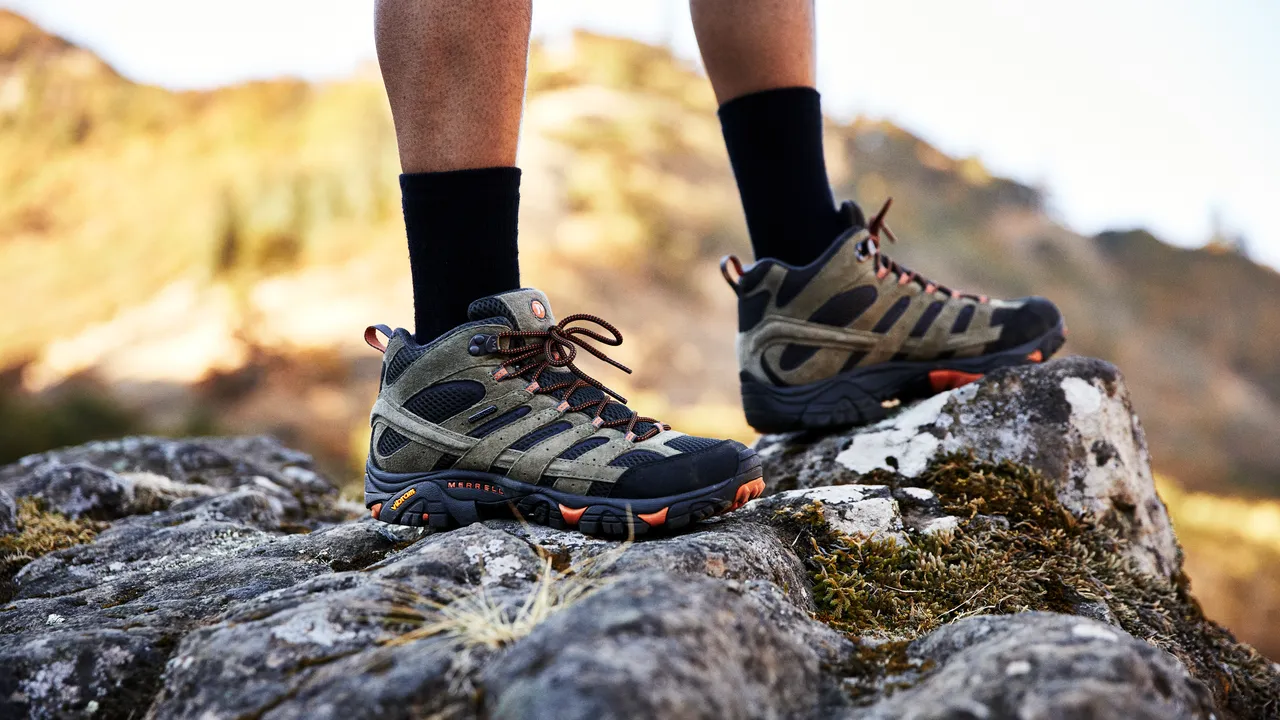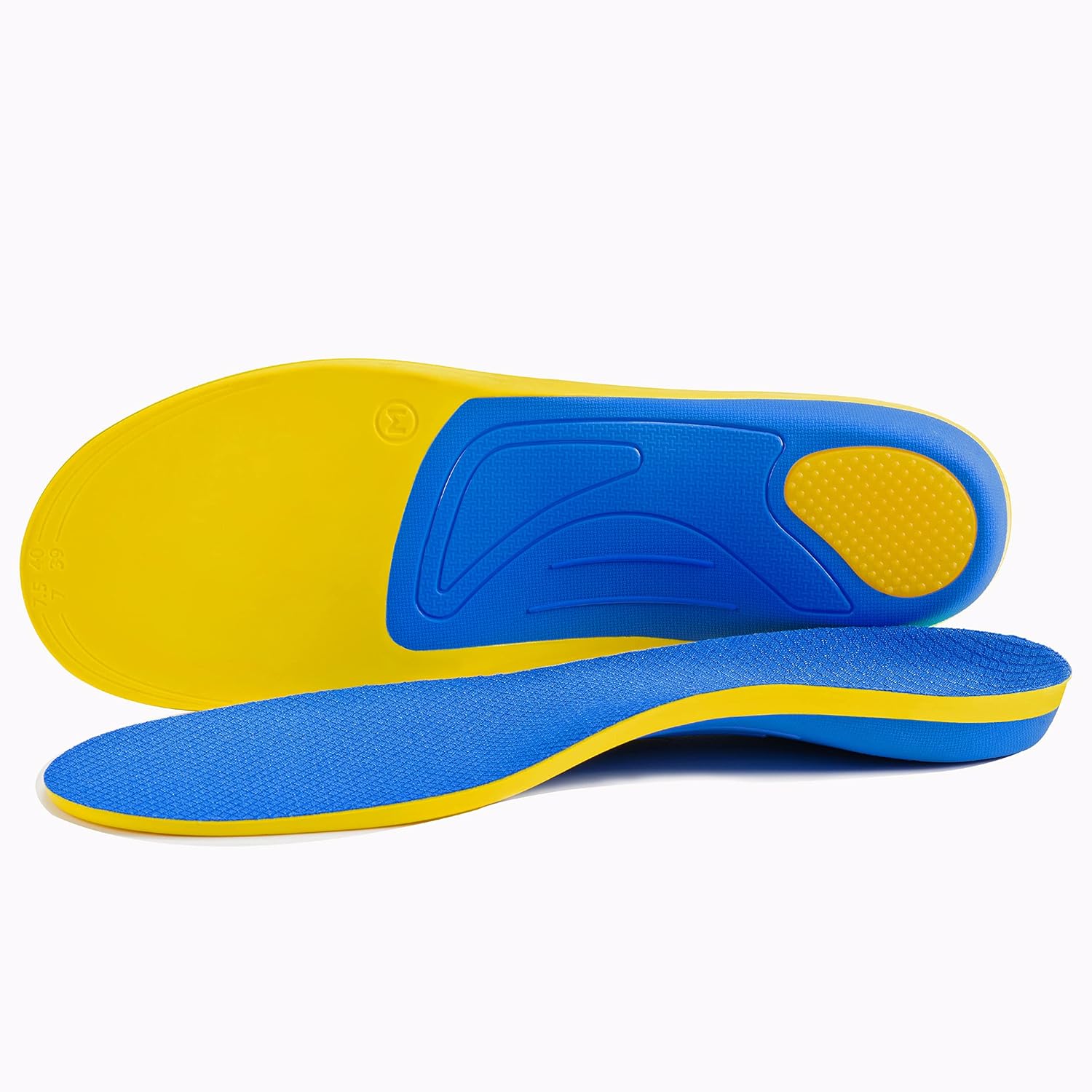Explore expert strategies to alleviate pregnancy-induced edema and navigate foot changes like arch pain and flat feet. Discover how to maintain comfort and foot health during pregnancy with our comprehensive guide, featuring practical tips for immediate relief and long-term wellness.

Introduction
Pregnancy is a journey filled with remarkable changes, not least of which affect your feet. From swelling (edema) to the development of flat feet and arch pain, these conditions are common but manageable aspects of pregnancy. This guide delves into the causes behind these changes and offers a suite of management strategies designed to provide relief and support foot health during this transformative time.
Table of Contents
Understanding and Managing Pregnancy-Induced Edema
During pregnancy, it’s common for women to encounter edema, a condition marked by swelling in the feet and ankles due to increased fluid retention, higher blood volume, and the pressure exerted by the growing uterus on veins responsible for returning blood from the lower body. This pressure can slow blood flow back to the heart, leading to fluid accumulation in the lower limbs, especially as the pregnancy advances.

Effective Management of Edema
To manage edema successfully, a blend of lifestyle changes and self-care practices can help ease discomfort and prevent the condition from escalating. Below are comprehensive strategies for mitigating swelling during pregnancy:
Elevate Your Feet
- How and When: Make it a habit to elevate your feet above the level of your heart while sitting or reclining. Utilize pillows to prop your legs up comfortably, aiming to do this several times daily, particularly after extended periods of standing or sitting.
- Benefits: Elevating your feet facilitates better venous return, minimizing fluid buildup in the lower limbs
Stay Hydrated
- Daily Fluid Intake: Strive to drink at least 8-10 glasses of water per day. Staying well-hydrated helps dilute body sodium, potentially easing fluid retention.
- Why It Matters: Contrary to what might be expected, adequate water intake can actually help lessen swelling by aiding your body in maintaining a healthy fluid balance.
Choose Footwear Wisely
- Footwear Selection: Select shoes that are both comfortable and supportive, offering enough space for your feet. Forego high heels for flats or supportive sandals with cushioned soles.
- Avoiding Restrictions: Make sure socks or stockings aren’t overly tight. Maternity or compression socks are recommended to facilitate venous return without undue constriction.
Regular, Gentle Exercise
- Recommended Activities: Participate in low-impact exercises like walking, prenatal yoga, or swimming, which enhance blood circulation and may reduce swelling.
- Frequency: Aim for moderate exercise most days of the week for at least 30 minutes, but also listen to your body’s need for rest.
Additional Tips
- Dietary Considerations: Keep an eye on your salt intake to prevent excessive sodium, which can lead to water retention. Include potassium-rich foods in your diet to help regulate fluid levels.
- Rest and Relaxation: Incorporate frequent breaks into your day to rest and limit time spent on your feet. Employ relaxation techniques to alleviate stress, a known contributor to swelling.
- Monitoring Symptoms: While experiencing mild to moderate swelling is typical, sudden or intense swelling in your hands, face, or legs could indicate preeclampsia, a serious condition that demands immediate medical attention.
Adhering to these strategies and staying attuned to your body’s needs can significantly mitigate discomfort from pregnancy-induced edema, contributing to a more comfortable pregnancy experience. Always seek advice from your healthcare provider to tailor these strategies to your specific needs and ensure they are safe for both you and your baby.
Navigating Foot Changes During Pregnancy: Understanding Arch Pain and Flat Feet
Pregnancy brings about a myriad of bodily changes, including notable alterations in foot health. Many expectant mothers encounter arch pain and the development of flat feet, a direct result of hormonal adjustments crucial for childbirth preparation.

Why It Happens
The hormone relaxin, essential for childbirth, relaxes the pelvis ligaments but also affects the feet’s ligaments. This leads to the arches flattening under the growing weight of pregnancy, causing arch pain and potentially lasting changes in foot structure and gait.
Management Tips
Orthotic Support: Utilizing orthotic inserts tailored for pregnancy can provide essential arch support, distributing foot pressure evenly and alleviating pain while preventing further arch flattening.
Appropriate Footwear: Choosing the right footwear is crucial. Opt for shoes with strong arch support and cushioning to minimize foot strain. Avoid high heels; instead, select flats or supportive sneakers that accommodate changes in foot size during pregnancy.
Stretching Regimen: Daily stretching exercises for the feet and calves can ease tension, improve flexibility, and lessen discomfort. Targeted stretches for the arches and calves are especially beneficial. Consulting a healthcare professional for safe pregnancy stretches is recommended.
Consistent Exercise: Engaging in gentle, regular exercise enhances circulation and overall foot health. Walking, swimming, or prenatal yoga are ideal, strengthening foot and leg muscles without overburdening the arches. Always heed your body’s signals to avoid discomfort.
Addressing Overpronation and Ankle Instability During Pregnancy
Pregnancy’s physical transformations can also lead to overpronation and ankle instability as the foot’s arch flattens from increased weight and loosened ligaments.

Understanding Overpronation and Ankle Instability
Overpronation: This occurs when the foot excessively rolls inward upon landing, a condition often worsened during pregnancy. It can strain foot and ankle muscles and ligaments, leading to instability and increasing the risk of sprains.
Management Tips
Stability-Focused Footwear: Shoes designed for stability and motion control are vital for managing overpronation and ankle instability. They support the foot’s inner side, preventing excessive inward rolling.
Supportive Braces or Taping: Additional support, through braces or taping, can stabilize the ankle during physical activities, maintaining alignment and reducing sprain risks. Seek advice from a healthcare professional for the best options and application methods.
Balance and Strengthening Exercises: Building ankle and foot muscle strength enhances stability. Simple exercises like heel raises and toe taps, along with balance challenges, can fortify these areas. Consult with a healthcare provider to ensure these exercises are safe during your pregnancy.
Addressing Leg Cramps and Ingrown Toenails During Pregnancy
Pregnancy is a period of profound bodily transformations, extending to foot health and comfort. Among the common issues expectant mothers face are leg cramps and ingrown toenails, driven by hormonal changes, increased bodily demands, and physical adjustments.

Decoding Leg Cramps in Pregnancy
Leg cramps, marked by sudden, intense muscle contractions often striking at night, are a frequent discomfort during pregnancy. The exact cause is elusive but is linked to several factors:
- Circulatory Changes: The expanded circulatory system, working overtime for both mother and child, can impact blood flow, potentially triggering cramps.
- Pressure on Nerves and Muscles: The growing uterus exerts additional pressure on the surrounding nerves and muscles, contributing to cramps.
- Nutritional Demands: Increased needs for magnesium, calcium, and potassium—key in muscle health and function—might lead to deficiencies, causing cramps.
Management Tips for Leg Cramps
Pre-Sleep Stretching: Gentle calf stretches before bedtime can preemptively reduce cramp occurrence by relaxing muscle fibers.
Hydration and Balanced Diet: Adequate fluid intake and a diet rich in cramp-preventing nutrients like magnesium, calcium, and potassium can mitigate cramps. Incorporate foods like leafy greens, nuts, dairy, bananas, and avocados.
Massage and Warmth: Massaging the cramped area or applying warm compresses can soothe pain by boosting blood flow and relaxing the muscle.
Proper Positioning: Stretch the muscle gently during a cramp; for calves, flex your foot upward. Avoid toe-pointing, which can worsen the cramp.
Regular, Light Exercise: Activities like walking or prenatal yoga enhance circulation and muscle tone, potentially easing cramps.
Understanding and Managing Ingrown Toenails During Pregnancy
Pregnancy-induced swelling and changes in foot shape increase the risk of ingrown toenails, exacerbated by tighter shoes and the physical challenge of proper toenail care.

Management Tips for Ingrown Toenails
Appropriate Footwear: Shoes with a wide toe box reduce pressure on the toes, helping prevent nail edges from digging into the skin.
Correct Toenail Trimming: Ensure nails are cut straight across and kept at a moderate length. If reaching your toes becomes difficult, seek assistance to maintain proper nail care.
Foot Hygiene: Regular washing and drying of feet can prevent conditions conducive to ingrown toenails.
Foot Soaks: Warm, soapy water soaks can soften the skin around an ingrown nail, aiding in gentle correction. Seek professional advice if the condition persists or worsens.
Frequently Asked Questions (FAQs)
Q: Why do pregnant women experience increased foot swelling (edema)?
A: Edema during pregnancy is primarily due to increased fluid retention and blood volume, along with pressure from the growing uterus on veins, affecting blood return from the lower body.
Q: Can wearing specific types of footwear help manage pregnancy-induced foot changes?
A: Yes, choosing footwear with ample support, a wide toe box, and avoiding high heels can significantly alleviate discomfort and support foot health during pregnancy.
Q: Are there any exercises that can help reduce foot discomfort during pregnancy?
A: Gentle, low-impact exercises like walking, prenatal yoga, and specific foot and calf stretches can improve circulation, reduce swelling, and support overall foot health.
Q: What should I do if I experience severe or sudden swelling in my feet or other parts of my body during pregnancy?
A: Sudden or severe swelling can be a sign of preeclampsia, a serious condition. It’s important to seek immediate medical attention to ensure both your health and that of your baby.
Conclusion
Understanding and managing the foot-related changes during Pregnancy, such as edema, arch pain, and the development of flat feet, are crucial for maintaining comfort and health. By incorporating the strategies outlined in this guide, from mindful footwear selection to regular, gentle exercise and proper hydration, you can navigate these changes with confidence. Remember, every step taken to care for your feet during pregnancy contributes to a healthier, more comfortable journey to motherhood. Always consult with your healthcare provider to tailor these recommendations to your specific needs, ensuring the best possible outcomes for you and your baby.










